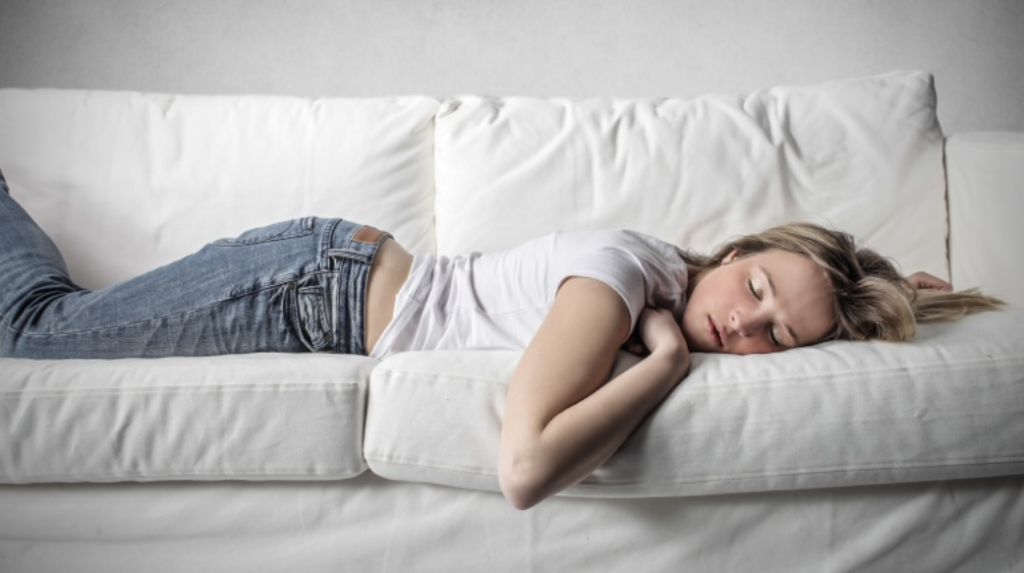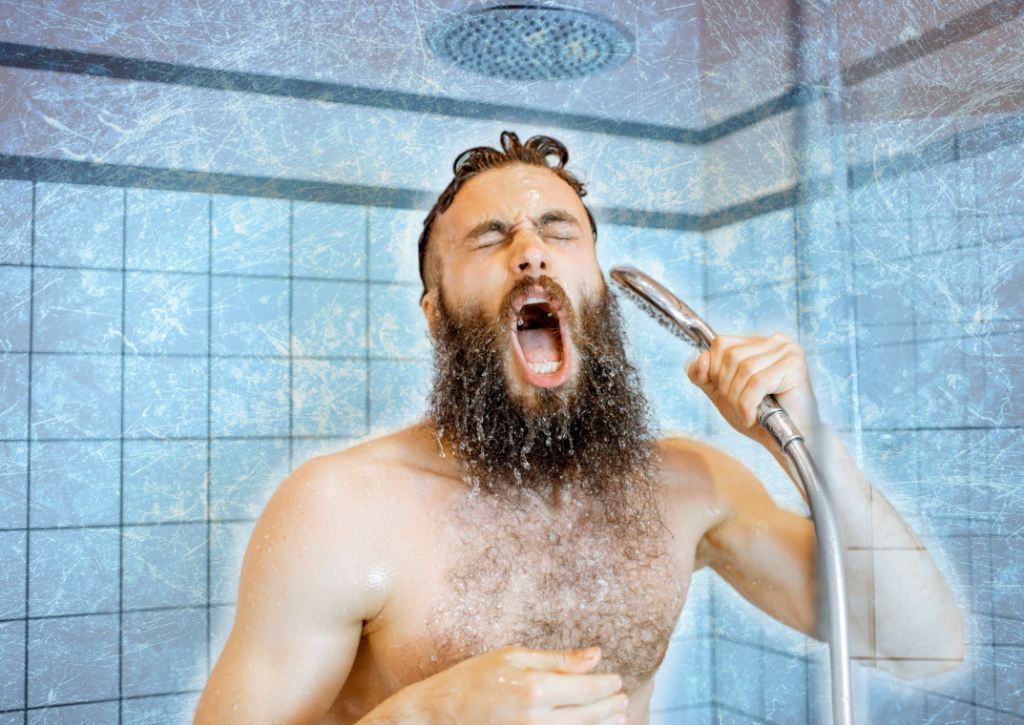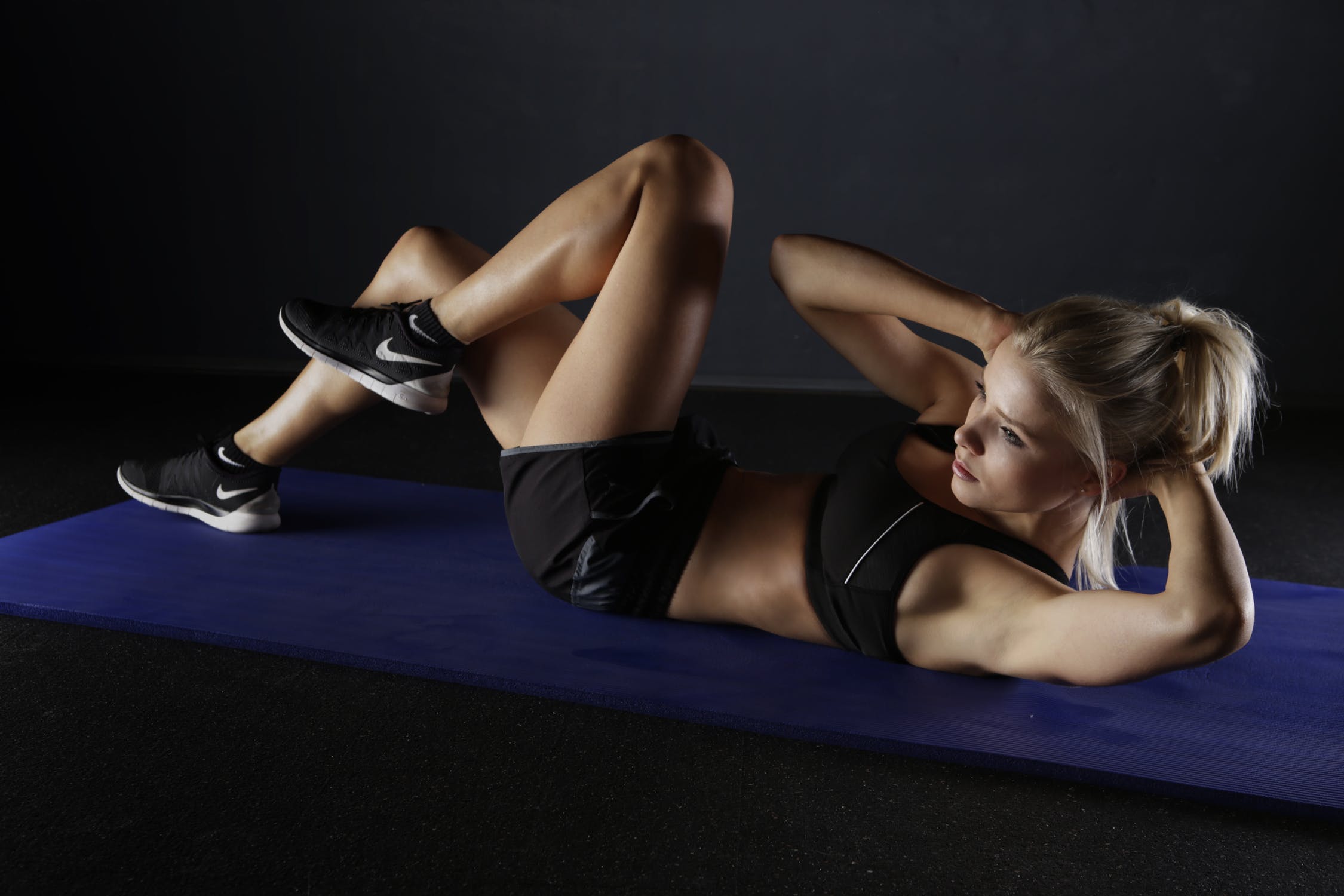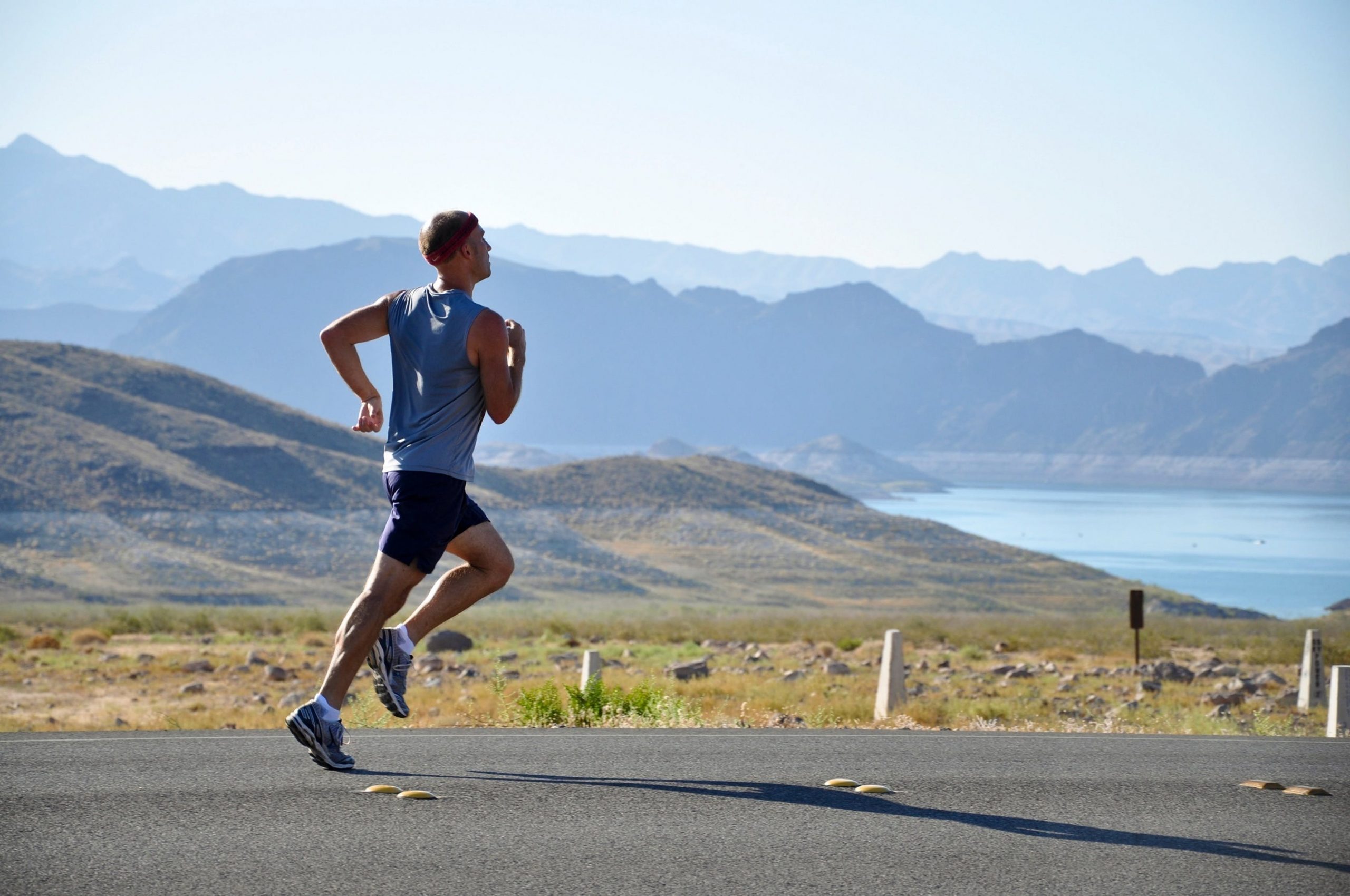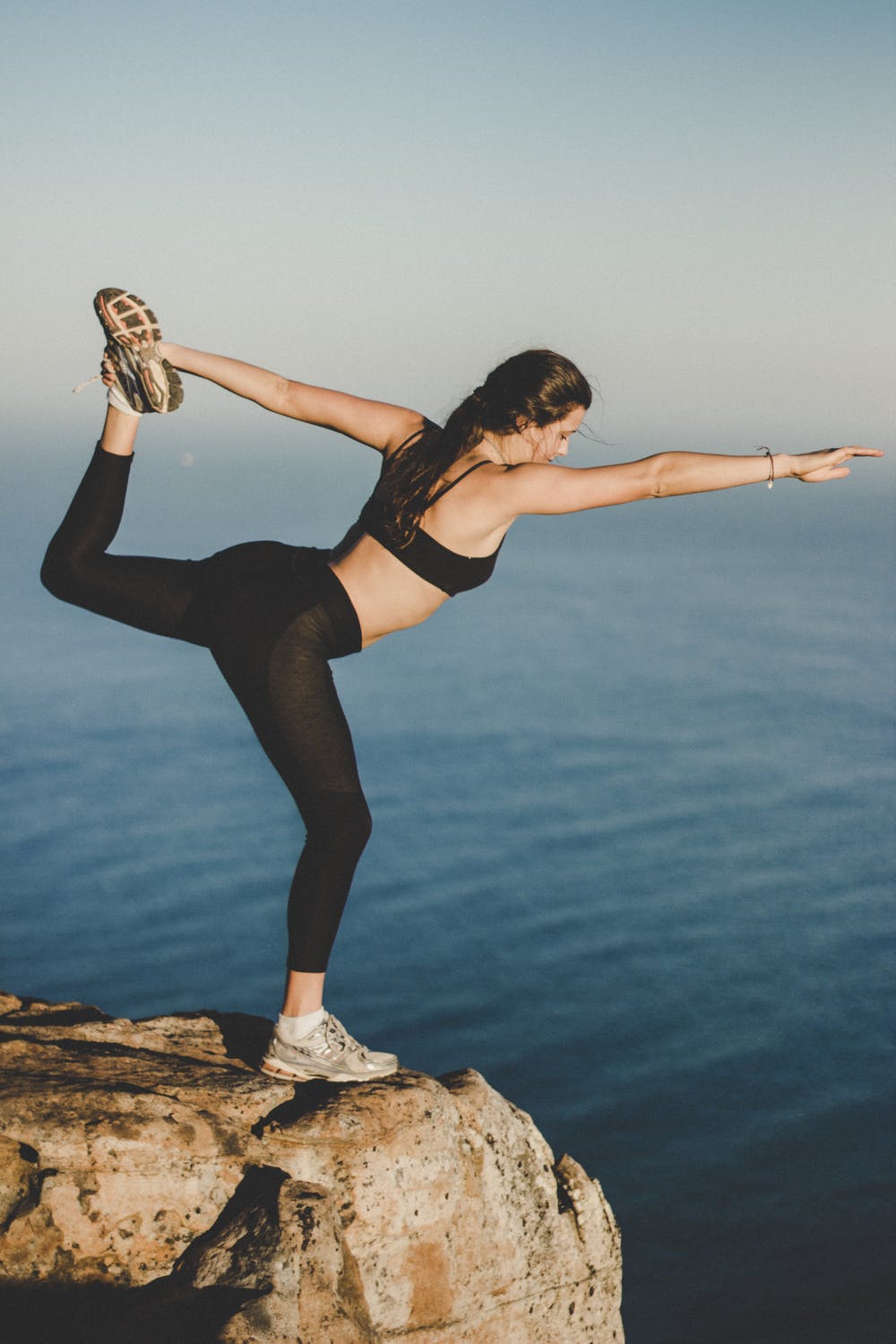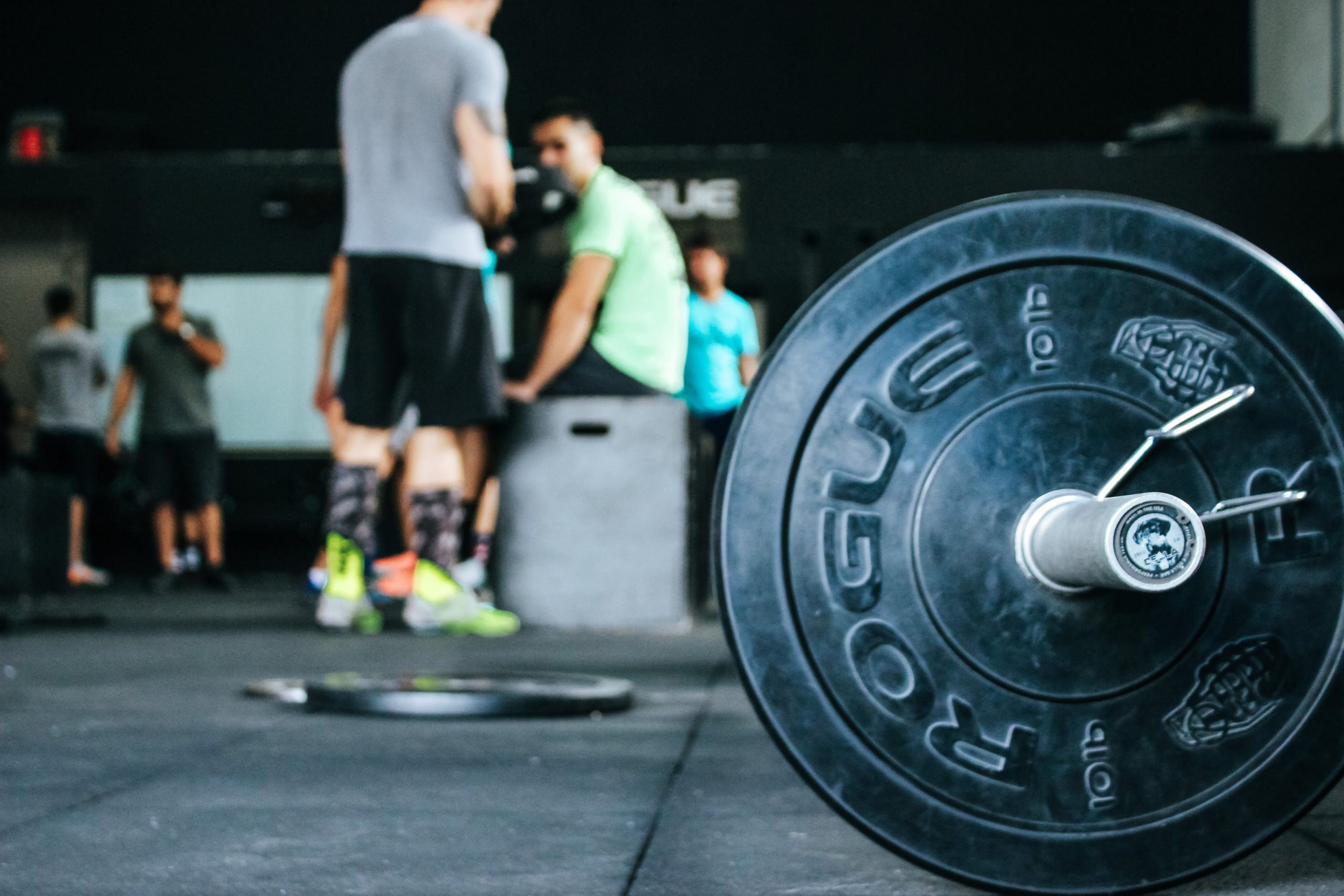9 Weight Loss Truths That No One Tells You
You already know that losing and maintaining weight can be a real challenge. But knowing why it’s tough can help you avoid getting discouraged with every small setback and improve your chances of success. Let go of the shortcuts and confront the realities of weight loss.
Your Body Works Against You

When you try to lose weight, your body fights you. Weight loss affects hormones, making you feel hungrier and full less often. These imbalances persist even after you’ve lost weight, making it harder to keep it off. Rapidly cutting calories can slow your metabolism, leading to muscle loss. Eating too little may cause overeating later. A moderate approach, balancing increased physical activity with decreased calories, is recommended for long-term success.
There Are No Easy Fixes

Losing weight quickly isn’t realistic. Prescription weight loss drugs may work, but they can be costly with side effects. Extreme diets harm your metabolism. Weight loss takes patience. Healthcare pros suggest a gradual approach, aiming for 1 to 2 pounds per week, which is more sustainable.
Exercise Can’t Conquer All

Exercise helps you lose weight and maintain it, but you need to exercise a lot. However, you can’t lose weight through exercise alone because it’s hard to burn more calories than you consume. You need to focus on your diet and exercise together for weight loss success.
Diet Supplements Don’t Work

Pills that say they’ll speed up your metabolism might sound good, but they don’t have much proof that they work. A big review of over 1,700 articles about different supplements and treatments, like green tea, acupuncture, and caffeine, found there wasn’t strong proof they really help with weight loss. So, instead of trying these trendy supplements, it’s better to stick with proven ways to lose weight, like eating less and being more active.
Fad Diets Don’t Work for Long

Fad diets like grapefruit, maple syrup, cabbage, apple cider vinegar, or juice diets promise to help you lose weight quickly. They work for a short time because they make you eat fewer calories. But the problem is that most people can’t stick to these diets for long. So they usually go back to their regular way of eating, and the weight comes back.
One Diet Doesn’t Fit All

Every person’s body is different. What works for one person may not work for another. So, when you’re thinking about how to lose weight, it’s essential to consider factors like your health, your family history, your metabolism, how active you are, your age, your gender, and your food preferences. It’s also crucial to include some of your favorite foods in your diet, so you don’t feel like you’re missing out, which can help you stick to a healthy eating plan. Remember, there’s no one-size-fits-all diet for everyone.
Cardio Is Essential

According to the Physical Activity Guidelines for Americans, adults should aim for 150 minutes of moderate-intensity aerobic exercise or 75 minutes of vigorous aerobic activity each week, along with some muscle-strengthening activities on two or more days. Remember, every bit of movement counts, so try to be more active throughout the day, even if it’s just a short walk.
These guidelines should help most people lose weight, but if you’re obese or have a lot of weight to lose, you may need to work up to at least 30 minutes of exercise per day over time. And don’t forget strength training, which is essential for muscle, bone, and joint health. It also gives your metabolism a little boost and helps you appear more toned.
He Can Eat More Than She Can

It might not seem fair, but men can eat more than women and still lose weight. This is because men generally have a natural advantage when it comes to burning calories. Jo says they have larger bodies, more muscle, and higher levels of the hormone testosterone, which helps build muscle. Additionally, the male body is genetically predisposed to have more muscle and less fat than the female body because men don’t have the energy storage needs associated with pregnancy. You’ll see better results on the scale once you accept this and eat less than your male partner or friends.



